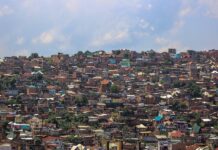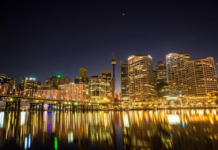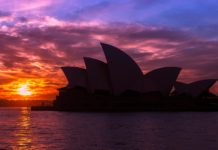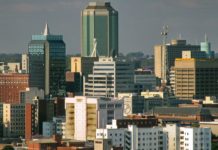▌The ancient city of Beijing, enchanting to everyone who visits for its history and culture, has also become world-renowned as a tourist city because of its relatively inexpensive five-star hotels and many fine restaurants.

Surrounded by high mountains, the suburbs of Beijing have beautiful natural scenery, which consists of green trees, ancient temples, flowing streams, overhanging waterfalls and simple and unsophisticated villages. That is why the suburbs of Beijing are very attractive to Chinese and foreign tourists.
Local Flavor of Beijing
Beijing has a wide variety of “hutongs,” which are ancient small lanes peculiar to this lovely city of 11 million people. The hutong is mainly lined on both sides by courtyards containing compound houses, known as quadrangles, which are traditional residences in old Beijing. A quadrangle often has a large courtyard with independent houses along its four sides.
Beijing is also an ideal place for Peking Opera fans. As the quintessence of Chinese culture, Peking Opera is a special drama form integrating singing, dancing, fine arts and literature, similar to Western opera.
The Forbidden City
The Forbidden City (Palace Museum) located in Beijing is the imperial palace of the Ming (1368-1644) and Qing (1644-1911) dynasties and is the largest and best-preserved palace in the world. Twenty-four emperors resided there and it was forbidden to laboring people in the past. The outer palace consists of the Hall of Supreme Harmony, the Hall of Complete Harmony and the Hall of Preserving Harmony. In these Halls political activities were held. The Palace of Heavenly Purity, the Hall of Union and Peace and the Palace of Earthly Tranquility are located in the inner palace, where the emperor and his empress resided and handled daily affairs.
The Ming Tombs
Located in Changping District, about 30 miles northwest of Beijing, there are the tombs of the emperors of the Ming dynasty. Altogether, 13 emperors of the Ming dynasty were buried here at the foot of the magnificent Tianshou Mountain.
The Great Wall at Badaling
Located to the north of Jiayuguan Pass, the Great Wall at Badaling is about 35 miles from the city center and was rebuilt during the Ming dynasty, about 1505. The wall is more than 20 feet high on average and its top is wide enough for five horses or 10 people to walk along abreast. The watchtowers are built in at 2,000-foot intervals, for accommodation and observing enemy movements. Badaling also has the Great Wall Museum and the Circular Screen Cinema.
Visitors to this capital of the People’s Republic of China should not miss the Beijing Zoo, the largest zoo in China. It houses some of the most valuable animals in the world, including the giant panda. Visitors will also enjoy the Chinese Ethnic Culture Park, a large-scale comprehensive museum that combines ethnic architecture, folk customs, dancing and singing performances, handicrafts and collections of various nationalities, which show an overall picture of the Chinese nation.
source: LeGuide


























![Le chocolatier suisse Läderach développe une histoire d’amour avec la Chine [ INTERVIEW ]](https://www.afrique-54.com/wp-content/uploads/2023/12/Johannes-Laderach-et-chocolat-e1702548585357-218x150.jpg)











